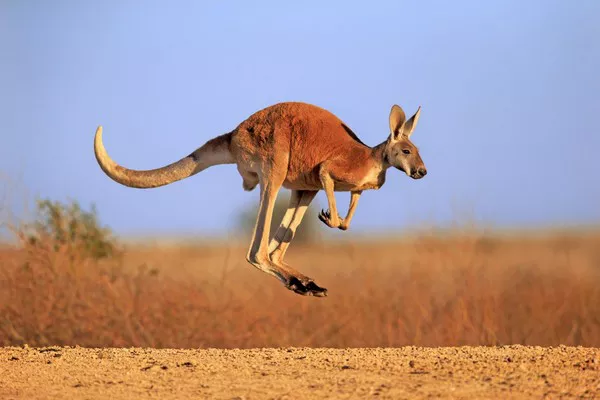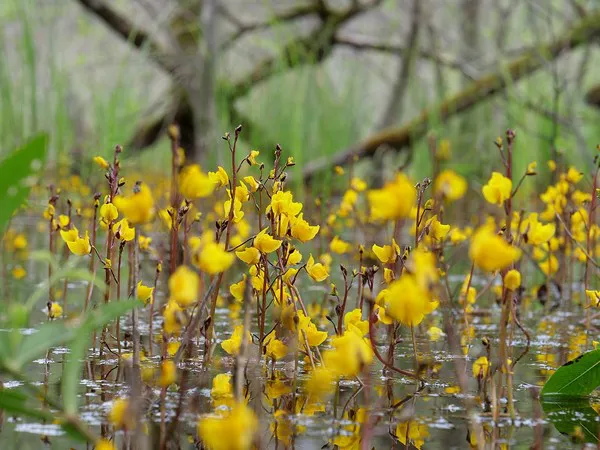Mammals are a diverse group of animals that inhabit almost every corner of the planet, from the icy tundra of the Arctic to the sweltering jungles of the Amazon. With over 6,000 species identified so far, mammals display a wide range of adaptations and behaviors that allow them to thrive in various environments. From the smallest shrew to the mighty blue whale, each mammal plays a unique role in its ecosystem, contributing to the balance and diversity of life on Earth.
In this article, we’ll delve into the world of mammals and explore the 10 most abundant mammal species, highlighting their ecological significance and the factors that contribute to their population numbers.
Introduction to Mammals
Mammals belong to the class Mammalia, characterized by several key features, including mammary glands for milk production, hair or fur covering their bodies, and a specialized four-chambered heart. These warm-blooded vertebrates exhibit a wide range of sizes, behaviors, and adaptations, making them one of the most diverse groups of animals on Earth.
From the diminutive bumblebee bat, which weighs less than a penny, to the massive blue whale, which can reach lengths of over 100 feet, mammals come in all shapes and sizes. They occupy virtually every habitat on the planet, from deserts and grasslands to mountains and oceans, showcasing their remarkable ability to adapt to diverse environmental conditions.
Top 10 Most Abundant Mammals on Earth
1. House Mouse (Mus musculus)
As one of the most widespread and adaptable mammals on Earth, the house mouse earns the top spot on our list of the most abundant mammals. Originating from central Asia, house mice have spread to every continent except Antarctica, thriving in urban, rural, and wild environments. Their ability to reproduce rapidly and their omnivorous diet make them highly successful colonizers, often competing with native species for resources.
2. Brown Rat (Rattus norvegicus)
Closely related to the house mouse, the brown rat, also known as the Norway rat, ranks among the most abundant mammals worldwide. Like its smaller cousin, the brown rat is highly adaptable and can thrive in a variety of habitats, from sewers and garbage dumps to forests and agricultural fields. Unfortunately, its propensity for carrying diseases and damaging crops has earned it a reputation as a pest species in many regions.
3. Common Pipistrelle (Pipistrellus pipistrellus)
As one of the smallest bat species in Europe, the common pipistrelle boasts impressive numbers and widespread distribution across the continent. These agile insect-eaters can be found in diverse habitats, including woodlands, urban areas, and wetlands, where they play a vital role in controlling insect populations. Despite their diminutive size, common pipistrelles are essential contributors to ecosystem health and biodiversity.
4. Red Kangaroo (Macropus rufus)
The red kangaroo holds the title of the largest marsupial and the most abundant kangaroo species in Australia. These iconic marsupials inhabit arid and semi-arid regions across the continent, where they rely on their powerful hind legs to travel long distances in search of food and water. With their unique reproductive strategies and adaptations to harsh environmental conditions, red kangaroos epitomize the resilience and adaptability of Australian wildlife.
5. White-tailed Deer (Odocoileus virginianus)
As one of the most widespread and abundant deer species in North America, the white-tailed deer occupies a variety of habitats, from forests and grasslands to suburban neighborhoods. Known for their distinctive white tail and graceful leaps, white-tailed deer play a crucial role in forest regeneration through seed dispersal and browsing. However, their burgeoning populations and interactions with humans often lead to conflicts, particularly in areas where habitat loss and fragmentation occur.
6. Eastern Gray Squirrel (Sciurus carolinensis)
Native to eastern North America, the eastern gray squirrel is renowned for its adaptability and success in urban environments. These arboreal rodents are prolific breeders and can thrive in diverse habitats, including parks, gardens, and woodlands. While their acrobatic feats and bushy tails are a familiar sight to many, eastern gray squirrels can also cause damage to property and compete with native wildlife for resources.
7. African Elephant (Loxodonta africana)
As the largest land mammal on Earth, the African elephant commands attention with its impressive size and gentle demeanor. Found in savannas, forests, and grasslands across sub-Saharan Africa, African elephants play a crucial role in shaping their habitats through feeding and migration patterns. Despite facing threats from habitat loss and poaching, concerted conservation efforts are underway to protect these iconic giants and ensure their survival for future generations.
8. Botta’s Pocket Gopher (Thomomys bottae)
Native to western North America, Botta’s pocket gopher is a burrowing rodent that plays a vital role in soil aeration and nutrient cycling. These fossorial mammals create elaborate underground tunnels and chambers, where they forage for roots and tubers while avoiding predators. While their subterranean lifestyle may keep them out of sight, Botta’s pocket gophers are essential contributors to ecosystem health and soil fertility.
9. Eastern Cottontail Rabbit (Sylvilagus floridanus)
With its distinctive cotton-like tail and widespread distribution across North and Central America, the eastern cottontail rabbit is one of the most recognizable and abundant rabbit species in its range. These prolific breeders inhabit a variety of habitats, including fields, woodlands, and suburban areas, where they feed on grasses, herbs, and agricultural crops. Despite their popularity as prey for predators, eastern cottontail rabbits thrive in diverse environments and contribute to ecosystem dynamics through grazing and seed dispersal.
10. Bactrian Camel (Camelus bactrianus)
Endemic to the steppes of Central Asia, the Bactrian camel is an enduring symbol of resilience and adaptation in arid environments. With its distinctive two-humped silhouette and shaggy coat, the Bactrian camel is well-suited to withstand harsh desert conditions, including extreme temperatures and limited water availability. Despite their domestication for millennia, wild populations of Bactrian camels still roam remote regions of Mongolia, China, and Kazakhstan, where they play a crucial role in the livelihoods of local communities.
Conclusion:
From the bustling cities of North America to the vast plains of Africa and the remote deserts of Central Asia, mammals have conquered every corner of the planet through their remarkable adaptability and resilience. The 10 species highlighted in this article represent just a fraction of the incredible diversity of mammals found on Earth, each contributing to the intricate tapestry of life in its own unique way.
As stewards of our planet, it is our responsibility to appreciate and protect the rich biodiversity that surrounds us, ensuring that future generations can continue to marvel at the wonders of the natural world. By understanding and celebrating the abundance of mammals on Earth, we can foster a deeper connection to the web of life and inspire conservation efforts that safeguard the future of our planet’s ecosystems and the countless species that call them home.
By studying the distribution, behavior, and ecological roles of these abundant mammals, researchers gain valuable insights into the functioning of ecosystems and the complex interactions between species and their environments. From seed dispersal and pollination to predation and competition, mammals play diverse and often indispensable roles in maintaining ecosystem balance and resilience.
You Might Be Interested In:


























